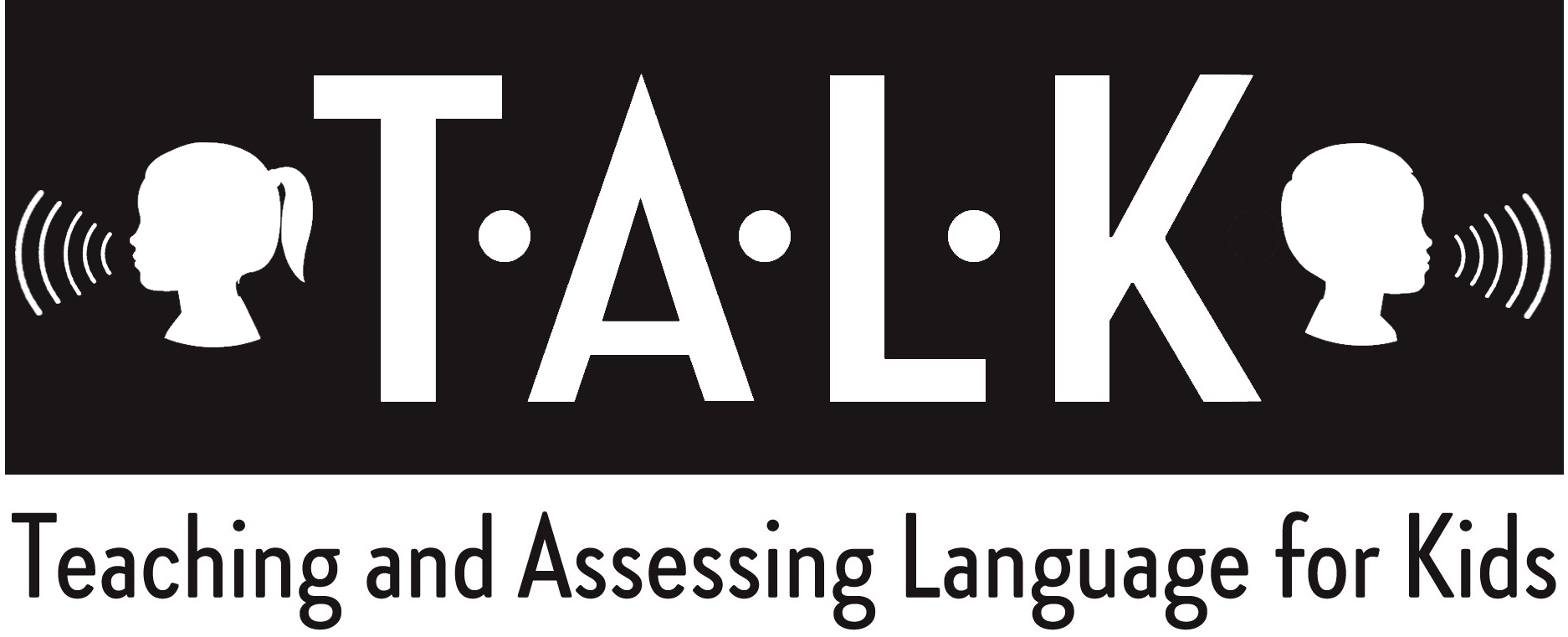What is Autism?
What is Autism?
A questions we encounter all the time! Well, according to Autism Speaks, “Autism Spectrum Disorder refers to a broad range of conditions characterized by challenges with social skills, repetitive behaviors, speech and nonverbal communication.”
In 2013, the American Psychiatric Association combined four separate Autism diagnoses into one larger spectrum. These diagnoses included Autistic Disorder, Childhood Disintegrative Disorder, Pervasive Developmental Disorder-Not Otherwise Specified and Asperger Syndrome. There is not one type of Autism, but rather many different subtypes. Every child with Autism presents with various challenges and strengths across all domains of speech and language, social communication, daily function, and feeding. That’s why here it at TALK we make sure we build plans around each child on the spectrum based on their unique needs and abilities.
Additionally, many children with Autism also present with gastrointestinal disorders, seizures, and sleep disturbances. Children with Autism also tend to have difficulty with sensory modulation, which can be observed through sight, sound and tactile sensitivities. Some describe it as a “sensory overload” to be in crowded places, around buzzing lights, or anywhere with too much stimulation.
What are the red flags of Autism?
If you have concerns with your child’s speech and language development, it is essential to learn the typical developmental milestones as well as the early signs of Autism. Signs of symptoms usually appear between ages two and three; however, Autism can be diagnosed as early as eighteen months. The following are red flag signs of Autism that can present at any age.
Decreased or lack of babbling
Decreased or lack of response to name
Regression of previously acquired speech
Delayed language development
Limited or no eye contact
Difficulty understanding emotions
Difficulty with changes to daily routine
Repetition of words and/or phrases (echolalia)
Restricted and perseverative interests
Repetitive behaviors (flapping, rocking, spinning)
Hyper/Hyposensitivity to sounds, tastes, textures, lights, smells, and/or colors
What are the next steps?
If your child exhibits any combination of the previously listed red flag signs of Autism, the next step is a development evaluation. A pediatric psychologist or developmental pediatrician will complete a developmental evaluation in order to diagnose a child with Autism. Remember, some children with Autism don’t present with all of the red flag signs and some children without Autism tend to show a few red flag signs.
If you have concerns or questions, contact your pediatrician for a referral for a developmental evaluation. Also, contact your school district or speech therapy clinic to begin speech and language services! Early treatment will greatly improve your child’s development. At TALK, we offer individual therapy services to target language development, social groups to improve early social competencies and communication, and feeding groups to expand food repertoires and oral motor skills.

